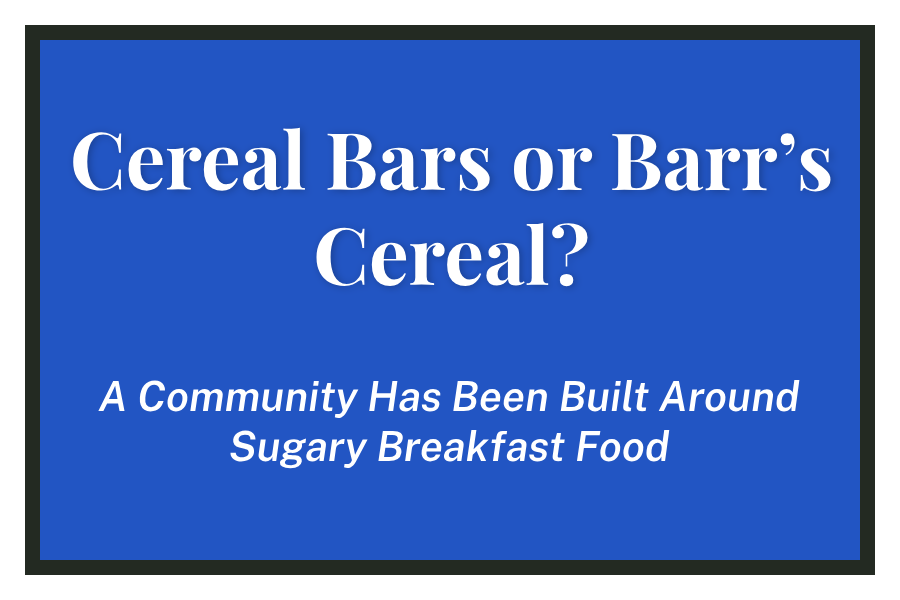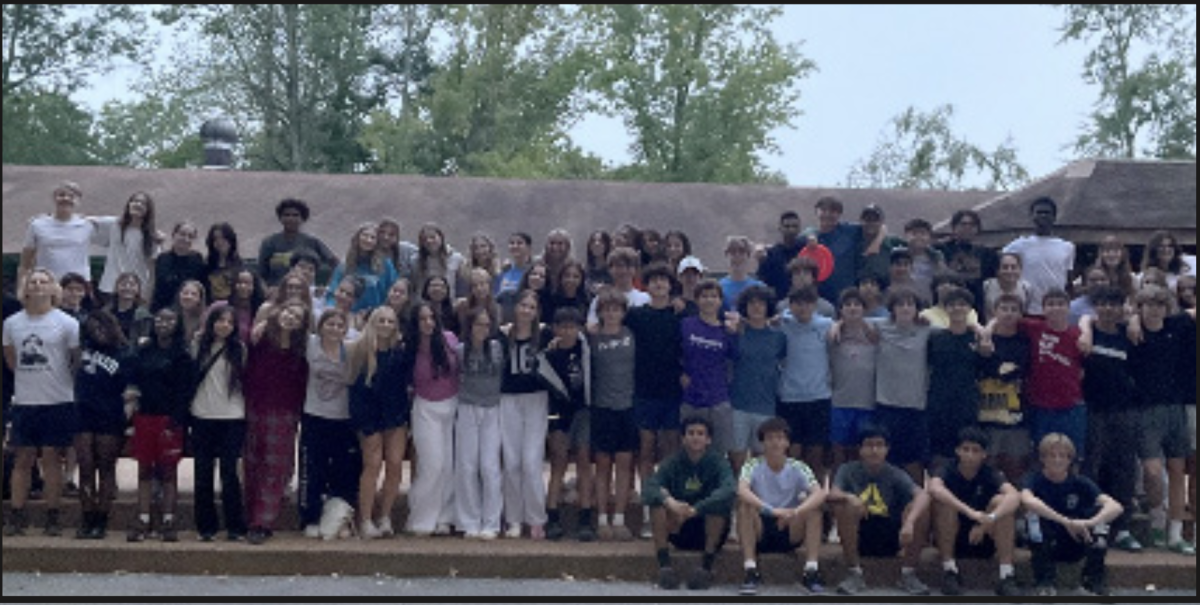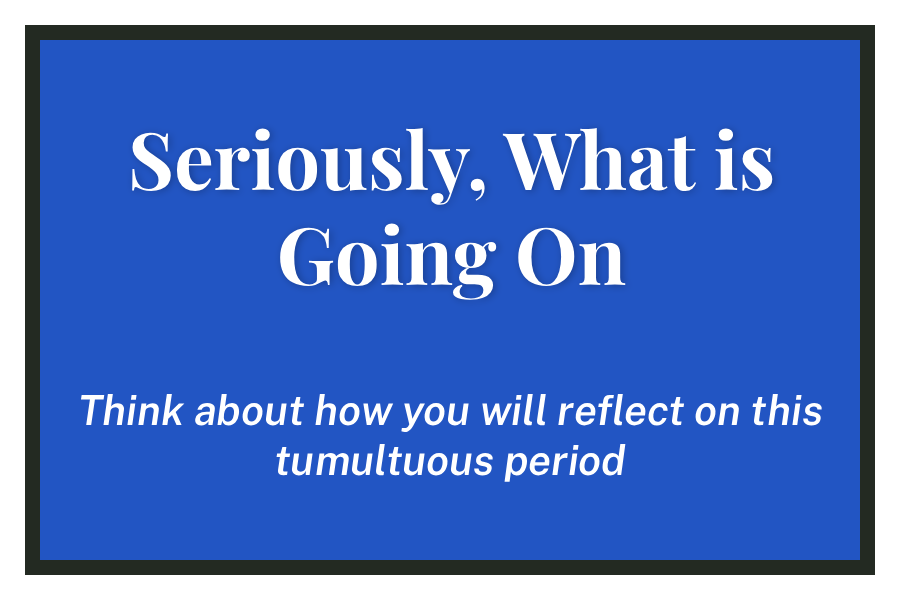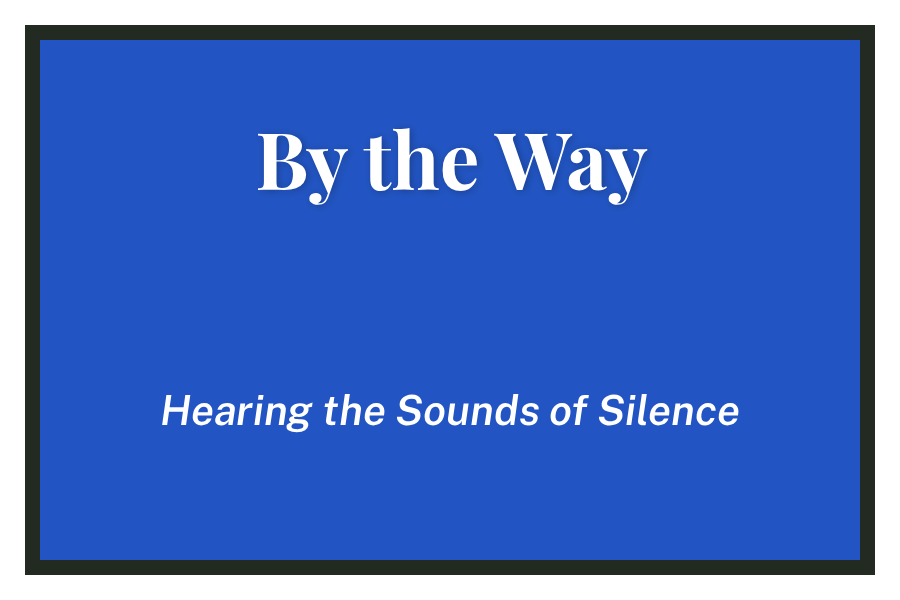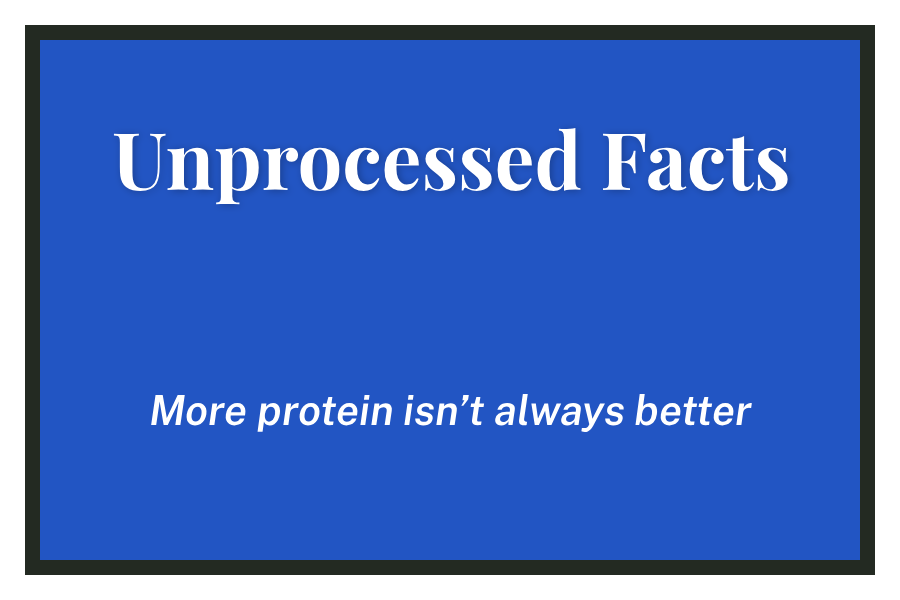The first time I walked into Ms. Barr’s room was in my freshman year for a Model UN meeting. Instead of paying attention to the presentation about how to write a position paper, something I had no idea how to do, I brought my attention away from the screen and towards all of the objects, strange costumes, and posters located around the room. What sparked my curiosity was a dozen colorful cereal boxes lined up, a stack of bowls, and a fridge. Initially, I thought Ms. Barr was collecting cereal boxes to recycle as part of growing the very small recycling movement in our school. It wasn’t until the second semester of sophomore year that I got to experience the excitement and tradition of what these cereal boxes are for: the cereal rotation.
With lockers on the fourth floor and the cafeteria feeling so far away, students longed for a way to eat a snack without traveling down four floors and across two hallways. Mr. Bigelow offered the first version of this, where a student would bring in breakfast one day for the class each week.
Ms. Barr took her own spin on the tradition, picking a food that anyone can eat despite food restrictions. Cheerios are gluten free, Fruit Loops are sugary, and Raisin Bran is healthy. Cereal was the perfect snack that anyone could enjoy during the day, and so, Ms. Barr created the cereal rotation. In the process of making a light breakfast available at any time of day, community is made in her classroom.
I was intimidated at first to stand up, grab a box of cereal, pour it into a cup, and munch on it loudly for the class to hear. After a long two months, however, I got over my fears and created a tradition with my friends to treat ourselves with a cup of Frosted Flakes every Friday. Soon, we started jokingly to offer each other different cereals, different fat-levels of milks, and it became something we looked forward to at the end of week.
I for one find that a nice bowl of cereal mixed with history creates a perfect class. After a long day, or just needing to refuel, having Ms. Barr’s cereal bar soothes my hunger, gives me some excitement about which cereal I’m going to pick (even though I always choose Frosted Flakes), and a chance to participate in something collaborative.
I must tell you, cereal makes a history class so much more engaging. Maybe it’s because eating cereal while learning activates all of the senses, or maybe the cereal acts like a fidget, something to keep you busy while also learning.
After enjoying a bowl of cereal, everyone stacks their bowls in a bucket by Ms. Barr’s door. Something that I hadn’t thought about before was who cleans up the bowls after we use them? When Ms. Barr told me that she cleans up the dishes after the students, I wondered why she would take the time to do that. Her answer made me feel warm.
She said, “It is sort of odd that I’m doing the dishes for the students. But, at the same time, I sort of feel like I’m building community. It’s fine.” It’s fine! I’ve learned that Ms. Barr’s cereal rotation says a lot about her as a teacher but also a person. First, it shows her dedication to having a welcoming environment for students to learn and appreciate each other, building community and relationships. Secondly, it emphasizes her willingness to take care of her students and to put them first. And lastly, the cereal rotation demonstrates just one of her many contributions to the high school, such as Student Government, Civic Lab, and Model UN.
The cereal rotation is much more than grabbing a box of cereal and milk. It’s a unique tradition in the classroom that I hope everyone will experience sometime at Parker. It’s a pretty enjoyable one, too.


